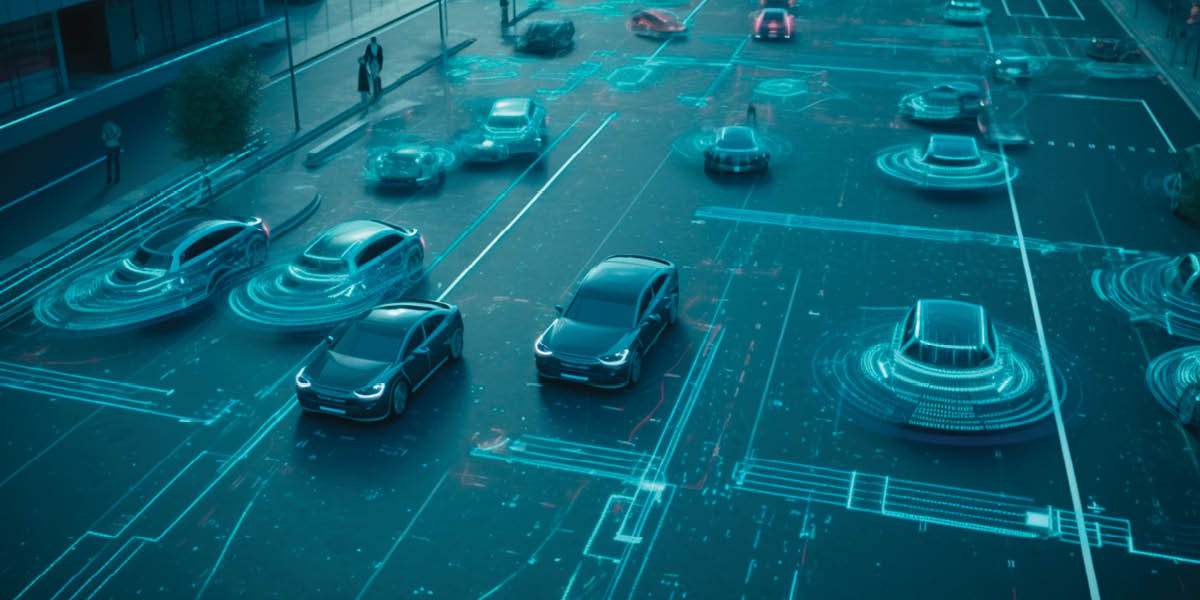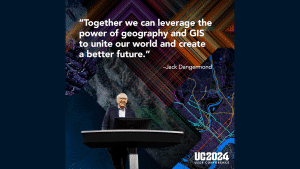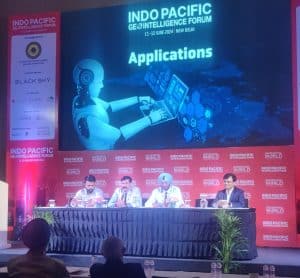Overcoming some of the conventional limitations of LiDAR, 4D Radars will play a big role in the transition to future mobility.
We may produce at will, from a sending station, an electrical effect in any particular region of the globe; we may determine the relative position or course of a moving object, such as a vessel at sea, the distance traversed by the same, or its speed.
~ Nikola Tesla, 1900 ~
The famed inventor wrote these prophetic words more than hundred years back in an article titled The Problem of Increasing Human Energy, published in Century Illustrated Monthly Magazine. This statement effectively predicted the advent of radar, a technology already undergoing extensive experimentation in the late nineteenth century by German physicist Heinrich Hertz. The first practical radar system was finally invented in 1935 by British scientist Robert Watson- Watt, and the technology would go on to play a pivotal role in the Second World War.
Indeed, some historians hail the United Kingdom’s radar chain defense line as the key technology that helped win the Battle of Britain in 1940, which ultimately contributed to the liberation of Europe from Nazi Germany. That’s how important the invention of radar was, and its importance has only increased over the years.
Today, radar has a wide variety of applications such as mapping terrain and monitoring of movement on the ground or in the sky, ocean and outer space. This technology is critical to modern society, as without it, we would not be able to track satellites, navigate ships and airplanes in bad weather or make accurate weather predictions. It’s hard to say where we would be now without radar technology – we may never have even made it to space.
Radar has undergone many changes since 1935. Explained in simple terms, radar is a type of sensor that uses radio waves to determine the relative distance, angle and radial velocity of another object. Original radar evolved as a pulsed system, but this technology was greatly improved upon with phased array antennas.

The 1950s saw the innovation of imaging radar, which not only gives positional and directional information but is also capable of displaying an image of the target object. In later years, digital signal processors, electronic beam steering and advanced computational methods enhanced the capabilities of imaging radar, allowing its application in a range of practical uses.
Recently, we have witnessed the evolution of 4D imaging radar, made possible thanks to advancements in semiconductor technology that allow for multiple ‘cascading’ microchips to be connected to each other.
4D imaging radar uses a Multiple Input Multiple Output (MIMO) antenna array and echolocation to accurately map 3D environments by detecting and resolving angles in both vertical and horizontal planes.
This new radar technology uses time-of-flight measurements in its calculations (hence “4D”), but doesn’t actually include time in its imaging output. 4D radar is a cutting edge technology that already boasts a US$2.55 billion market size as of 2022 and is expected to grow by a CAGR of around 20% by 2032, according to a report by Emergen Research.
Advent of Automotive Radar
Imaging radar is also notably used in the industry, especially as automotive technology rapidly advances and gets smarter. The technology has been evolving for a long time, and is now mature enough to be installed in mass-produced cars.
It can improve automobile safety in a number of ways, including blind spot detection, lane change assistance, parking assistance, adaptive cruise control, and more. However, 4D imaging radar is just getting started and is still undergoing testing by automotive companies.
4D imaging radar technology came into limelight in 2015, when heavy fog in South Korea caused a massive 100-car pileup with two deaths. This tragedy might have been prevented – or at least minimized – if the cars were all equipped with advanced radar systems. 4D radar may still be an evolving technology, but it has the potential to advance more rapidly than other sensors. 4D imaging radar may be the key technology that finally leads us to realize fully autonomous driving vehicles.
Autonomous mobility technology is a field of incredible opportunity. The market value of the global industry is expected to reach over US$2.35 trillion by 2032, according to calculations by Precedence Research. To meet this incredibly high demand, the global automotive 4D imaging radar market size is expected to skyrocket by a 93.4% CAGR by 2028, according to Business Research Insights.
Imaging Radar as Game- Changer?
Imaging radar is already in use across many industries for applications such as monitoring and mapping coastal topography, agriculture, land use, storms and other areas of environmental concern. Other applications include 3D measurements, medical microwave tomography and patrolling dangerous locations.
Within the automotive industry, imaging radar has helped us move toward autonomous driving. Driving automation capability is categorized by levels: we have already achieved Level 2 “partial” driving automation, which still requires a human operator to monitor the driving environment, and more recently Level 3 “conditional” automation, which allows the vehicle to drive itself but still requires human override capabilities.
Levels 4 and 5 driving automation, in which vehicles drive alone without human intervention, are still a ways off in the future and require more research and development of new technologies like 4D radar.
In the past, autonomous driving R&D was largely focused on LiDAR sensors, a different range measurement technology that uses laser beams. However, the advent of 4D imaging radar now makes it possible to overcome some of LiDAR’s drawbacks – while it can detect objects very accurately, it is unreliable in adverse weather conditions.
4D radar has no such limitation, and it can detect additional data that LiDAR is less effective at or incapable of, such as relative speed, distance, azimuth and height of an object above the road. And since 4D radar achieves all of this without using any cameras, it is not reliant on lighting and can “see through” objects, giving the vehicle complete information about its environment.
In addition to its obvious uses for autonomous driving, 4D radar can also be applied to safety features inside the car by monitoring the interior at all times. Some possibilities include monitoring occupant position and vital signs, and classifying child and adult occupants. This data can then be shared with other systems in the car to optimize security systems, seat belt tension, airbag deployment, etc.
Challenges
Restrictive global frequency regulations are a major obstacles holding back the development of Level 4 and 5 autonomous mobility. In order to progress past Level 3, we will need increasingly higher resolution which is not possible with currently allowed frequencies. This is one reason why industries are not actively investing in its development.
A primary challenge automotive manufacturers face is the high cost of mass-producing 4D imaging radar systems. The price point really needs to be brought down. There is a current movement to replace existing RF PCB-based antennas with 3D antennas. Although mass-production of 3D antennas still requires further innovation, they are expected to replace the more expensive RF PCB antennas in the near future.
Overall optimization of hardware and semiconductors to integrate with multiple channels will also help bring costs down. Furthermore, mass production is only feasible if other systems are developed and integrated with the radar, such as a system that efficiently evaluates performance during the manufacturing process, and another that evaluates software performance on the road. It is a very complex process.
Imaging radar can also be limited by blind spots at very close range due to ground reflection and DC noise caused by radar’s modulation and demodulation characteristics. Prevalence of blind spots depends largely on the mounting height of the radar system.
Future of Imaging Radar
In the near future, it will be possible to integrate multiple radars to improve detection performance with centralized processing. Simultaneous Localization and Mapping (SLAM) and Synthetic Aperture Radar (SAR) technologies and multiple frequency bands can be applied to improve detection performance of imaging radars.
To fully realize autonomous driving, it will be necessary to develop low-level sensor fusion algorithms that integrate 4D imaging radar with other sensors in the vehicle for centralized processing. This development will allow raw data from multiple sensors to be fused and acted on simultaneously on a millisecond by millisecond basis – just like a human driver does when operating a vehicle.
The resolution of imaging radars also must increase for Level 5 autonomy to become a reality. Fully autonomous driving can only be realized once perfect object classification is achieved using a higher resolution point cloud, which requires a wider aperture. This will require more transmit and receive channels on a vehicle’s windshield or front grill than what is currently possible.
Utilizing higher frequencies will be necessary to reach the required resolutions. We need to start with global frequency regulation and open up those bands for utilization. It will take about 10 years for this to come to fruition.
While imaging radar is in early stages, it is progressing rapidly. Once mass production begins, existing driver assistance functions can be upgraded while the combination of imaging radar with conventional radar will enable seamless long and short-range detection without blind spots.
As the level of autonomous driving gradually increases, the paradigm of mobility will completely change and autonomous driving will seep into our everyday lives.









